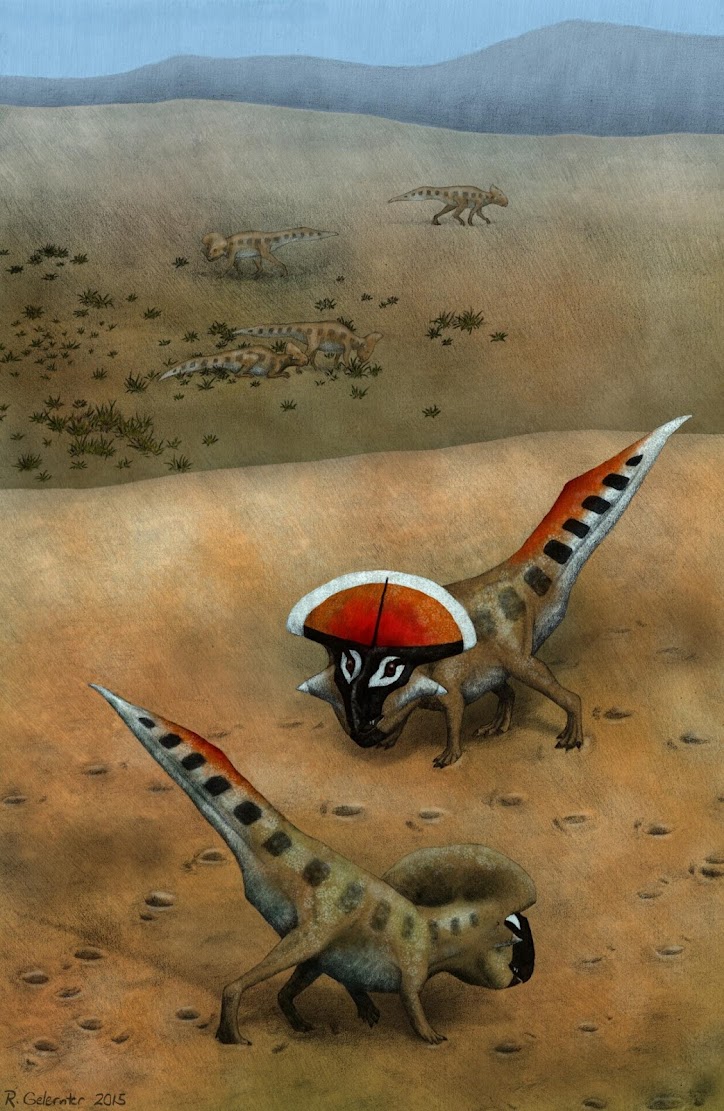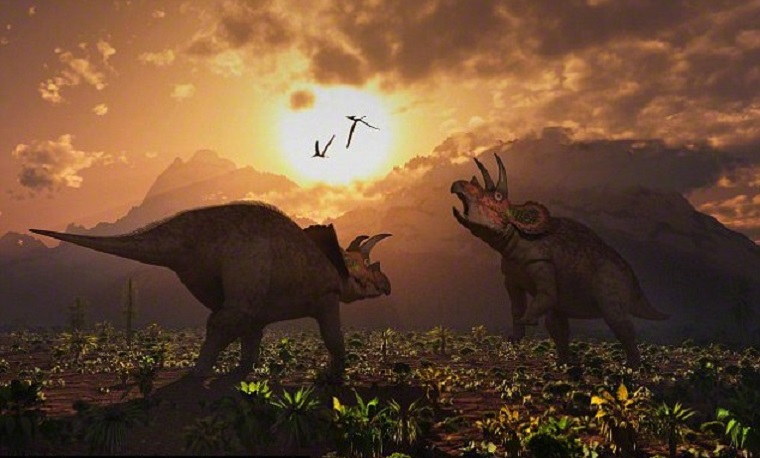An unidentified fossilised bone in a museum has revealed the size of a fearsome abelisaur and may have solved a hundred-year old puzzle.

Alessandro Chiarenza, a PhD student from Imperial College London, last year stumbled across a fossilised femur bone, left forgotten in a drawer, during his visit to the Museum of Geology and Palaeontology in Palermo Italy. He and a colleague Andrea Cau, a researcher from the University of Bologna, got permission from the museum to analyse the femur. They discovered that the bone was from a dinosaur called abelisaur, which roamed the Earth around 95 million years ago during the late Cretaceous period.
Abelisauridae were a group of predatory, carnivorous dinosaurs, characterised by extremely small forelimbs, a short deep face, small razor sharp teeth, and powerful muscular hind limbs. Scientists suspect they were also covered in fluffy feathers. The abelisaur in today's study would have lived in North Africa, which at that time was a lush savannah criss-crossed by rivers and mangrove swamps. This ancient tropical world would have provided the abelisaur with an ideal habitat for hunting aquatic animals like turtles, crocodiles, large fish and other dinosaurs.
By studying the bone, the team deduced that this abelisaur may have been nine metres long and weighed between one and two tonnes, making it potentially one of the largest abelisaurs ever found. This is helping researchers to determine the maximum sizes that these dinosaurs may have reached during their peak.
Alfio Alessandro Chiarenza, co-author of the study from the Department of Earth Science and Engineering at Imperial, said: "Smaller abelisaur fossils have been previously found by palaeontologists, but this find shows how truly huge these flesh eating predators had become. Their appearance may have looked a bit odd as they were probably covered in feathers with tiny, useless forelimbs, but make no mistake they were fearsome killers in their time."
The fossil originated from a sedimentary outcrop in Morocco called the Kem Kem Beds, which are well known for the unusual abundance of giant predatory dinosaur fossils. This phenomenon is called Stromer's Riddle, in honour the German palaeontologist Ernst Stromer, who first identified this abundance in 1912. Since then scientists have been asking how abelisaurs and five other groupings of predatory dinosaurs could have co-existed in this region at the same time, without hunting each other into extinction.
Now the researchers in today's study suggest that these predatory dinosaur groups may not have co-existed so closely together. They believe that the harsh and changing geology of the region mixed the fossil fragment records together, destroying its chronological ordering in the Kem Kem beds, and giving the illusion that the abelisaurs and their predatory cousins shared the same terrain at the same time. Similar studies of fossil beds in nearby Tunisia, for example, show that creatures like abelisaurs were inland hunters, while other predators like the fish eating spinosaurs probably lived near mangroves and rivers.
Chiarenza added: "This fossil find, along with the accumulated wealth of previous studies, is helping to solve the question of whether abelisaurs may have co-existed with a range of other predators in the same region. Rather than sharing the same environment, which the jumbled up fossil records may be leading us to believe, we think these creatures probably lived far away from one another in different types of environments."
Fossilised femora are useful for palaeontologists to study because they can determine the overall size of the dinosaur. This is because femora are attached to the thigh and tail muscles and have scars, or bumps, which tell palaeontologists where the ligaments and muscles were attached to the bone and how big those muscles and ligaments would have been.
Andrea Cau, co-author from the University of Bologna, said: "While palaeontologists usually venture to remote and inaccessible locations, like the deserts of Mongolia or the Badlands of Montana, our study shows how museums still play an important role in preserving specimens of primary scientific value, in which sometimes the most unexpected surprises can be discovered. As Stephen Gould, an influential palaeontologist and evolutionary biologist, once said, sometimes the greatest discoveries are made in museum drawers."
The study is published in the journal Peer J. Chiarenza did the underpinning analysis with Cau while at the University of Bologna.
The next step will see the team looking for more complete remains from these predatory dinosaurs trying to better understand their environment and evolutionary history.
Author: Colin Smith | Source: Imperial College London [February 29, 2016]














